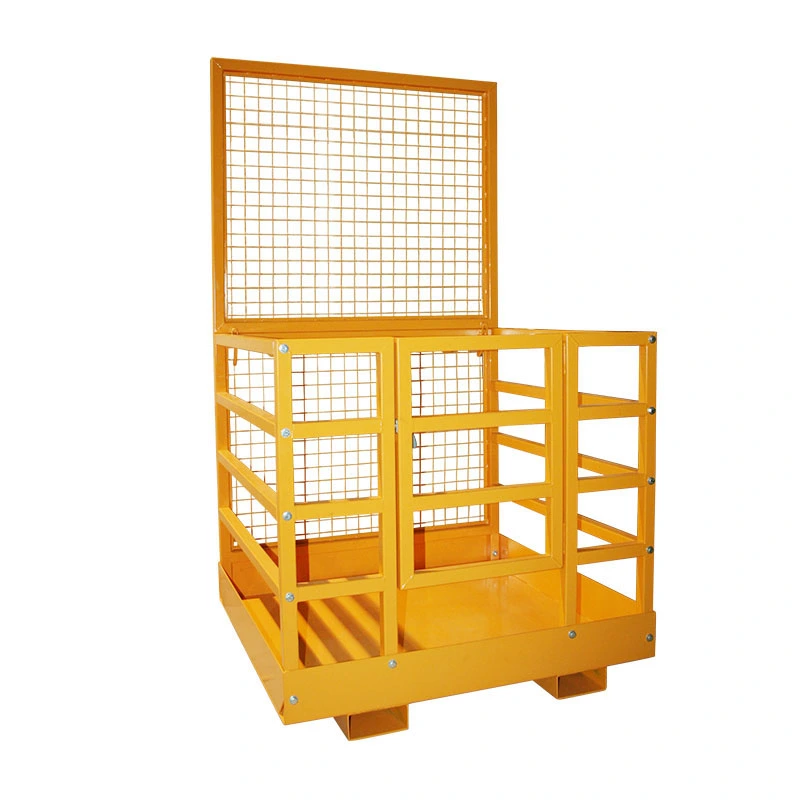A Complete Guide to Safer, Faster, and Smarter Material Movement
In today’s fast-paced industrial world, efficiency and safety are the foundations of any successful construction site, warehouse, or manufacturing facility. Material handling—the science of moving, storing, controlling, and protecting materials—has evolved far beyond manual lifting and simple carts. The introduction of motorized material handling equipment has transformed productivity, reduced labor costs, and raised safety standards across industries.
But what exactly is motorized material handling? How does it compare to manual and mechanical methods? What types of equipment are available, and how do you choose the best for your operation? This expert guide answers all your questions and provides best practices to optimize your workflow.

Table of Contents
ToggleWhat Is Material Handling?
Material handling encompasses all activities that involve the movement, storage, protection, and control of materials throughout the supply chain—from raw material intake to finished product distribution. Proper material handling improves workflow, minimizes waste, and ensures the safety of people and goods.
For a foundational understanding, visit What Is Material Handling?
What Is Motorized Material Handling?
Motorized material handling refers to the use of electrically or fuel-powered machines to move, lift, and transport materials. Unlike manual handling (which relies on human effort) or purely mechanical systems (which may require human power to operate mechanical devices), motorized equipment is powered by engines, batteries, or electric motors.
This innovation enables safer, faster, and more ergonomic handling of heavier loads, bulk items, and high-throughput operations.
Key Benefits of Motorized Material Handling
1. Reduces Labor Costs in Construction and Warehousing
Fewer staff can move more materials in less time. This means significant savings on labor and a lower risk of fatigue-related accidents.
2. Improves Safety on Construction Sites
By minimizing manual lifting, motorized equipment reduces injuries, strains, and workplace incidents.
3. Increases Construction Productivity
Motorized devices move materials quickly and efficiently, keeping projects on schedule and minimizing downtime.
4. Minimizes Material Waste
Gentle, precise handling from machines reduces dropped or damaged goods, saving money and improving customer satisfaction.
5. Enhances Material Storage Solutions
Motorized equipment works with racks, shelves, and automated systems to make the best use of warehouse or job site space.
Types of Motorized Material Handling Equipment
1. Forklifts for Construction and Warehousing
Forklifts are the most recognizable motorized material handling devices. They lift, transport, and stack heavy loads—essential for palletized goods and bulk materials.
Read more: Which of the Following Is a Motorized Material Handling Device?
2. Motorized Pallet Jacks and Electric Stackers
Perfect for moving pallets over short to medium distances, these devices are faster and less physically demanding than manual pallet jacks.
3. Motorized Carts and Platform Trucks
Battery-powered carts carry heavier items or larger loads through warehouses, manufacturing plants, and job sites.
4. Conveyors in Construction and Warehousing
Powered conveyors automatically move materials along a fixed path, drastically reducing manual transport and optimizing flow.
5. Hoists and Cranes
Electric hoists and cranes handle vertical lifting and precise placement of heavy items, from steel beams to machinery and large containers.
6. Vacuum Lifters and Specialized Attachments
Motorized Vacuum Lifters use suction and electrical power to lift and move glass panels, sheet metal, and stone slabs with maximum safety.
- See also: Aardwolf Slab Lifters for heavy, flat materials.
7. Automated Guided Vehicles (AGVs) and Mobile Robots
These self-driving vehicles transport goods throughout a facility, guided by sensors or software, for the ultimate in hands-free, motorized handling.
How Motorized Equipment Differs from Manual and Mechanical Material Handling
- Manual material handling: Relies entirely on human effort—carts, dollies, and wheelbarrows.
- Mechanical material handling: Uses devices like pulleys, levers, and manually operated cranes—see What Is Mechanical Material Handling?.
- Motorized material handling: Harnesses engines or electric motors for lifting, transporting, and storing materials, enabling larger loads and greater speed.
Applications of Motorized Material Handling
- Lifting equipment for construction: Forklifts, cranes, and hoists for moving building materials on site.
- Material storage solutions: Integration with racking systems, automated storage and retrieval, and high-density shelving.
- Transporting materials on job sites: Electric carts and AGVs optimize material movement and site logistics.
- Construction site logistics: Motorized equipment helps manage supply chains, schedule deliveries, and maximize productivity.
- Reducing labor cost in construction: Automating repetitive, heavy tasks.
How to Choose the Right Motorized Equipment
- Analyze your workflow: Identify bottlenecks, frequent lifts, or long travel distances.
- Consider load size and weight: Select machines with appropriate capacity.
- Assess your environment: Indoor, outdoor, rough terrain, or smooth floors.
- Evaluate energy sources: Electric, diesel, LPG—each has unique benefits.
- Prioritize safety features: Modern machines come with alarms, sensors, and ergonomic controls.
Get expert advice at Material-handling Equipment.
E-E-A-T: Experience, Expertise, Authoritativeness, and Trustworthiness
Motorized material handling equipment should always be selected and operated under the guidance of experienced professionals. Manufacturers and certified suppliers—like those offering Aardwolf Slab Lifters, Vacuum Lifters, and Jib Cranes—adhere to strict standards for safety, reliability, and after-sales support.
For a broad equipment overview, see Material handling Equipment and What Is Material Handling Equipment?.
Real-World Example
A leading warehouse implemented electric forklifts, powered conveyors, and vacuum lifters. They saw a 40% drop in manual labor needs, a 25% decrease in workplace injuries, and a 30% boost in throughput. Construction firms adopting Aardwolf Slab Lifters also report reduced costs and fewer damaged materials.
Conclusion
Motorized material handling has revolutionized how industries move, store, and manage goods. The right combination of forklifts, vacuum lifters, cranes, and conveyors improves safety, reduces labor, minimizes waste, and keeps your operation ahead of the competition.
For more information and tailored solutions, explore:

















Please log in to leave a comment.